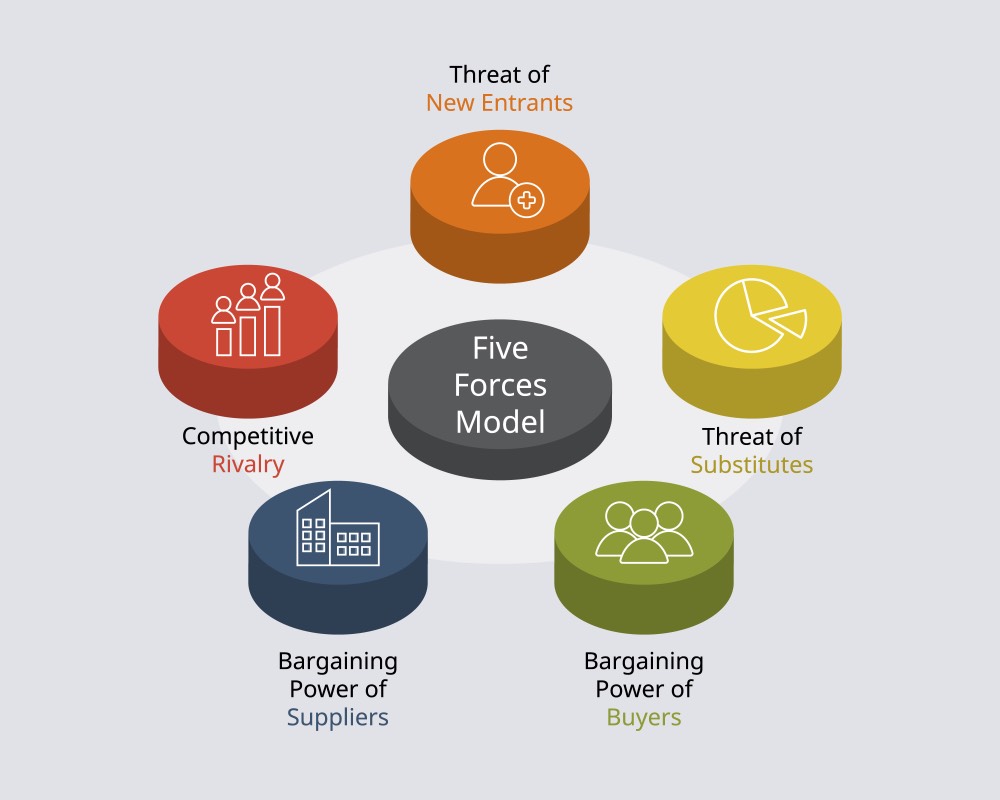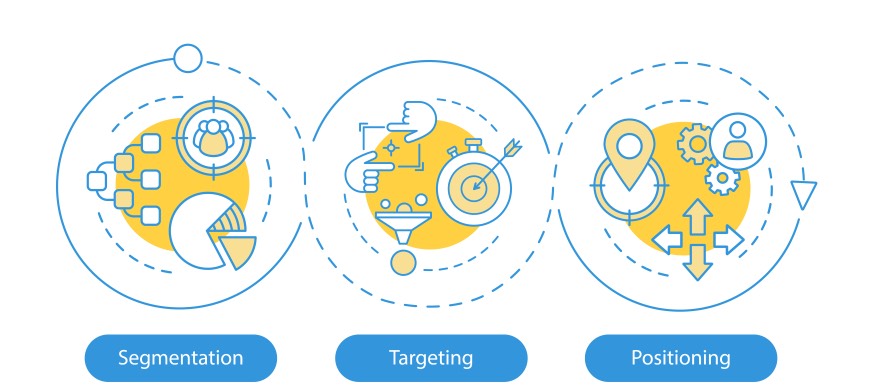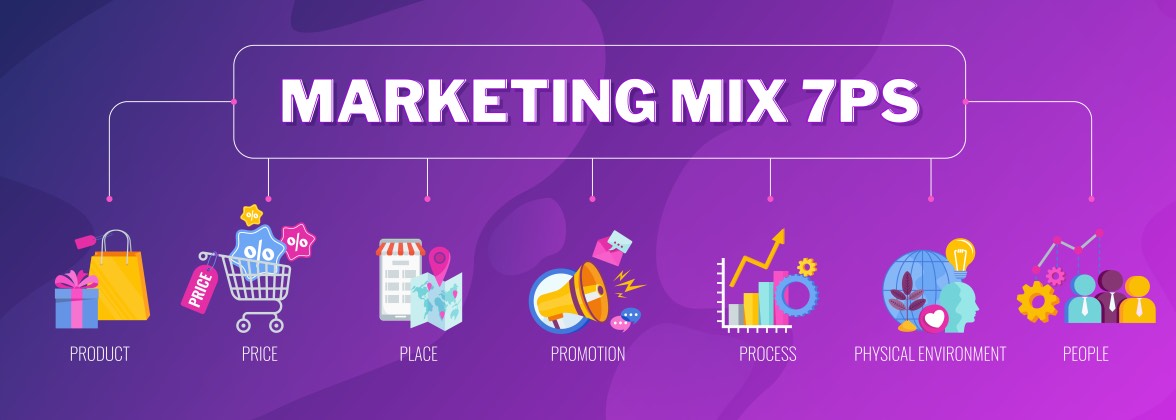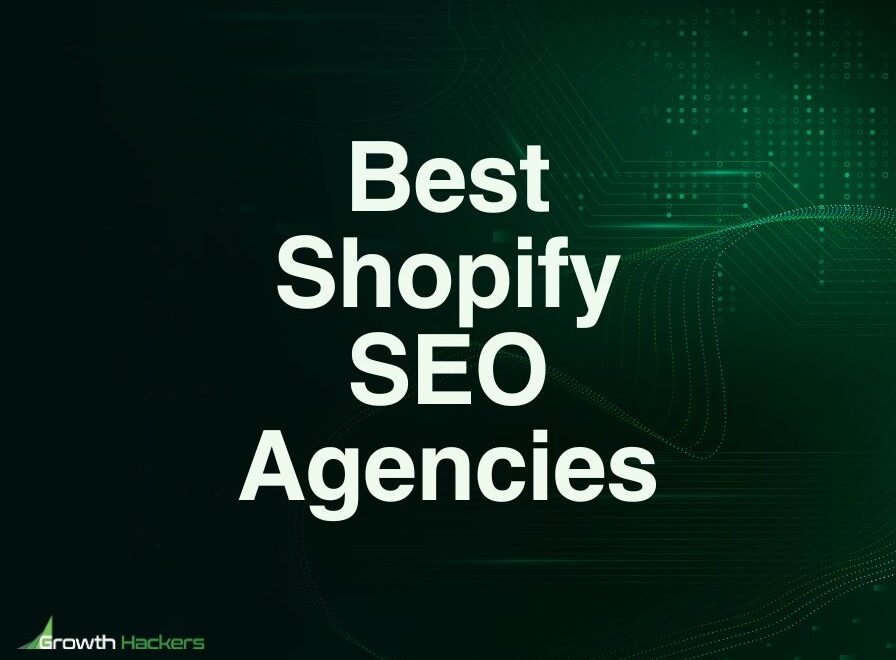There are so many marketing models out there that you can customize for your business. And oftentimes, you feel overwhelmed by the sheer number of marketing tactics that have accumulated over the years.
However, even with successfully proven marketing models available to a business, there is a common track that gets followed.
Digital marketing is given the thumbs up with quality content churned out regularly, thousands spent on ads, and social media accounts buzzing with activity. And yet, there is no improvement in ROI rates and the entire marketing mix gets analyzed for loopholes.
What happens here is that businesses don’t take into account the big picture of a marketing plan. You can be working on getting unlimited leads and sales backed by a positive ROI, high-scoring ads, and an evergreen marketing funnel for your business strategy.
And yet you won’t experience the success you expect just because you’ve got numerous digital growth strategies accounted for in your marketing strategy.
Mastering the Art of Marketing
It isn’t enough to have the latest marketing tactics in your marketing plan. They’re not standalone entities. If anything, they need to be incorporated into a broader and strategic marketing strategy to work efficiently and derive the desired results.
In this article, we’ll cover numerous successful and some of the most popular marketing models that you can adopt into your marketing mix to create a highly effective and well-organized plan suited to your business needs, and primed for growth.
Why Do You Need a Marketing Model?
The first thing to understand is that the internet has levelled the playing field for businesses. In the past, small businesses couldn’t compete with large businesses because they didn’t have the budget for traditional marketing channels like TV, radio, and print.
But now, with digital marketing, businesses of all sizes can reach their target audience with a limited budget.
Not to forget the rapidly evolving customer journey. In the past, customers would see a TV ad or hear a radio ad and then go to a store to make a purchase. But now, customers are using the internet to research products and make purchases online. As a result, businesses need to adapt their marketing strategies to meet the needs of today’s customers.
Moreover, you need a digital marketing model because your competition is already using one. If you don’t have a digital marketing strategy, you’re at a disadvantage because your competition does.
What are Digital Marketing Models?
A digital marketing model is a framework that businesses use to plan, execute, and measure their digital marketing efforts. In other words, it’s a road map that helps businesses navigate and visualize the ever-changing landscape of digital marketing.
There are many different digital marketing models out there, but they all share one common goal: to help businesses succeed in the digital age.
By following a proven framework, businesses can create an effective online strategy that will help them reach their target audience and achieve their marketing goals. The perfect digital marketing model will take into account the unique needs of your business and the different stages of the buyer’s journey.
By tailoring your campaign to each stage, you’ll be able to provide your audience with the information they need to make a purchasing decision. And by implementing tracking and reporting mechanisms, you’ll be able to measure the success of your campaign and make necessary adjustments along the way.
When it comes to digital marketing, there’s no one-size-fits-all solution. But by finding the perfect marketing model for your business, you’ll be well on your way to success.
The Benefits of Marketing Models
Marketing models are tools that businesses use to better understand and reach their target audiences. By using data and market analysis, businesses can develop marketing models that help them identify potential customers, understand their needs and determine the best way to reach them.
In today’s competitive marketplace, having a well-developed marketing model can give businesses a significant advantage.
There are a number of benefits to using marketing models. Perhaps the most obvious benefit is that models can help simplify and clarify complex marketing problems.
By breaking a problem down into its component parts, a model can help to identify the key issues and understand the interrelationships between them. This can be extremely helpful when trying to develop an effective marketing strategy.
In addition, models can also provide a framework for testing different marketing scenarios and assessing their potential impact. This can allow marketers to make more informed decisions and avoid costly mistakes.
Moreover, models can also be used to generate market insights and build brand equity. By understanding how customers interact with a product or service throughout the product life cycle, marketers can develop more targeted campaigns that create a more favorable impression of the brand.
Do you need helping choosing the right marketing model for your business?
Contact Growth Hackers
Invest in the Ideal Marketing Frameworks to Boost Your Business Growth
The plethora of marketing models available to businesses doesn’t just focus on one aspect of your marketing plan. A few are digitally centric while a few others are either completely traditional marketing models or their spinoffs.
Now your business can have more than one marketing model in the marketing mix, which is completely fine since there are numerous functions of an organization to address. Plus, specific models may apply to specific strategies depending on your business needs.
A few marketing strategies may be comprehensive in nature, detailing every aspect of strategy building, and others could be complementary in nature, simply assisting or assessing your current market strategies.
Top 7 Marketing Models You Need to Know
1. Porter’s Five Forces
The Porter’s Five Forces Marketing Model is a tool used to help businesses understand the competitive landscape of their industry. Named after Michael E. Porter of Harvard Business School, it is one of the most popular frameworks in business strategy.
The model consists of five forces: Threat of new entrants, Bargaining power of buyers, Bargaining power of suppliers, Threat of substitute products, and Intensity of rivalry. By understanding how these forces interact with each other, businesses can develop strategies to stay ahead of the competition.
Threat of new entrants
The threat of new entrants is the first force to consider. If it is easy for new businesses to enter your market, then you will face more competition and may have to lower your prices to stay competitive.
Bargaining power of buyers
The bargaining power of buyers or buyer power is the second force. If buyers have significant negotiating power, they can drive down prices and reduce profits.
Bargaining power of suppliers
The bargaining power of suppliers or supplier power is the third force. If suppliers have significant negotiating power, they can increase prices and reduce profits.
Threat of substitute products
The threat of substitute products is the fourth force to consider. If there are many substitutes for your product, then customers can switch to another product if they are not satisfied with yours.
Intensity of rivalry
Finally, the intensity of rivalry is the fifth force to consider. If there are many competitors in your market, then you will have to fight for market share and may have to lower prices to do so.
2. STP Marketing Model
The STP marketing model is a framework for crafting a marketing strategy where a company addresses customers via market segmentation. It helps businesses to segment their target market, identify their unique selling proposition, and create a positioning statement.
The model can be used at any stage of the product life cycle, from product development to launch to post-launch analysis. And while it is most commonly used by large businesses, it can be adapted for use by small businesses and startups.
Segmentation
Effective market segmentation involves dividing the market into groups of customers with similar needs or characteristics, who might require different products or marketing mixes. The segmentation stage is about understanding your customer base and dividing them into homogeneous groups.
Targeting
The next stage is targeting, which is about deciding which segments offer the best opportunity for the business, and designing the marketing mix (Product, Price, Place, and Promotion) to build a competitive advantage in those segments.
Positioning
Positioning is about communicating the unique benefits of your product or service to your target market through all elements of the marketing mix. It’s about creating a unique identity and image for your product or service that separates it from the competition in the minds of your target customers.
3. AIDA Marketing Model
The AIDA marketing model is a tried-and-tested approach that can be used to increase sales and conversions. The acronym stands for Attention, Interest, Desire, and Action.
Attention
In order to be successful, businesses must first generate attention for their product or service. They can do this through advertising, public relations, or other marketing initiatives.
Interest
Next, they must generate interest in what they are offering. This can be done by providing information about the product or service, demonstrating its usefulness, or sharing positive customer reviews.
Desire
Once interest has been generated, businesses must create a desire for the product or service by highlighting its unique features and benefits.
Action
Finally, businesses must encourage customers to take action by making it easy to purchase the product or service and offering incentives such as discounts or free shipping.
By following the AIDA marketing model, businesses can increase their sales and conversions.
4. 7 P’s of the Marketing Mix
The seven P’s of the marketing mix are Product, Price, Place, Promotion, Physical environment, Process, and People. Most often, marketers use this model when they are trying to decide how to market a new product or service.
However, it can also be used to evaluate an existing marketing mix and make changes if necessary. By taking each element of the marketing mix into account, businesses can develop a more holistic and effective marketing strategy.
Product
The first step is to identify what product or service you are going to offer. This includes everything from the physical product itself to the packaging and branding. You need to think about what your product does and how it will benefit your target customer.
Price
Once you have determined what your product is, you need to set a price that will cover your costs and generate a profit. Pricing can be complex, so it’s important to do your research and understand the various factors that can affect price setting.
Place
The next step is to determine where you will sell your product or service. This includes both brick-and-mortar locations and online channels. You need to consider things like distribution costs and customer convenience when making your decision.
Promotion
Once you have your product, price, and place sorted out, you need to start thinking about promotion. This includes everything from advertising to public relations. You need to identify the channels that will reach your target customer and craft a message that will persuade them to buy your product or service.
Physical evidence/environment
The physical environment is the setting in which your product or service will be sold. This includes both the physical store or office space and the online environment. You need to create an environment that is inviting and easy to navigate.
Process
The process is the way in which your product or service will be delivered to the customer. This includes everything from manufacturing to shipping. You need to ensure that your process is efficient and effective so that customers are satisfied with their purchases.
People
The people involved in marketing your product or service are just as important as the product itself. This includes everyone from the sales team to the customer service representatives. You need to ensure that your team is knowledgeable and friendly so that customers have a positive experience.
Choose the marketing model that best fits your business needs!
5. RACE Framework
The RACE marketing model is a framework that businesses can use to plan and execute their marketing campaigns. It stands for Reach, Act, Convert and Engage. The model helps businesses to focus on the key steps that are necessary for success.
Reach refers to the process of getting your message in front of your target audience. This can be done through marketing channels such as paid advertising, search engine optimization, or social media marketing.
Once you have reached your audience, it is important to take action and get them to convert into customers or leads. This is where effective call-to-actions and landing pages come into play.
Finally, it is important to engage with your customers and build a relationship with them. This can be done through email marketing, customer service, or social media interactions.
By following the RACE marketing model, businesses can increase their chances of success and reach their goals more effectively.
6. SOSTAC Model
The SOSTAC® marketing model is a framework for marketing planning. It can be used for any size of business, in any sector and is commonly used by marketing agencies and freelance copywriters.
The SOSTAC® model was created by PR Smith, who has over 25 years of experience in the field of marketing and communications. The model is easy to use and can be applied to any marketing situation. It is split into six main sections: situation, objectives, strategy, tactics, action, and control.
Situation
The first step is to define the current situation. This includes looking at the internal and external factors that might affect the business.
Objectives
Once the situation has been defined, the next step is to set some objectives. These should be specific, measurable, achievable, relevant, and time-bound (SMART).
Strategy
Once the objectives have been set, it’s time to develop a strategy. This should be based on an analysis of the target market, the competition, and the business’ strengths and weaknesses.
Tactics
Once the strategy has been developed, it’s time to choose the Tactics. These are the steps that will be taken to implement the strategy. They should be chosen based on their effectiveness, cost, and feasibility.
Action
The final step is to take action. This means putting the tactics into place and monitoring their effectiveness.
Control
The last step is to control. This involves reviewing the progress of the campaign and making any necessary adjustments.
7. Brand Positioning Map
Positioning is a marketing strategy that seeks to make a company’s products or services more attractive to consumers compared to the competition. The goal of positioning is to create a unique market niche for a company’s products or services.
A brand positioning map is a tool used by marketers to visualize how a brand is positioned in the minds of consumers relative to competing brands.
The model consists of four quadrants, each representing a different marketing strategy. In the “attributes” quadrant, businesses focus on the specific features and benefits of their products or services.
In the “price” quadrant, they highlight the value they offer for the price.
In the “positioning” quadrant, they identify themselves in relation to their competitors.
And in the “personality” quadrant, they create an emotional connection with consumers by conveying the values and beliefs of their brand.
Ultimately, the goal of brand positioning is to create a unique and differentiated place for a business in the minds of consumers. By using the brand positioning map marketing model, businesses can more effectively achieve this goal.
How Do You Know Which Marketing Model Best Suits Your Business Environment?
As a business owner, you know that marketing is essential to your success. But with so many different marketing models out there, how do you know which one is right for your business?
Choosing the right marketing framework starts with understanding three key aspects of your business: your audience, your products or services, and your overall goals.
Once you have a good grasp of these three things, you can begin to narrow down your options and choose a framework that will work best for you.
The bottom line is that there is no one-size-fits-all solution when it comes to marketing; the ideal framework for your business will depend on a variety of factors. By taking the time to thoroughly assess your needs, you can ensure that you choose a framework that will help you to achieve your desired results.
With Growth Hackers, you have the right growth agency partner on your side and can be sure that you’re heading in the same direction that fueled your ambitions and desires to build your business. Whether it is being a sustainable consultant or helping you benefit from the best marketing practices to build your brand, we’ll help you propel your business to new heights.
Visit our website to know more about what we do or contact Growth Hackers today and let us know how we can customize our digital marketing services to better serve your needs.










